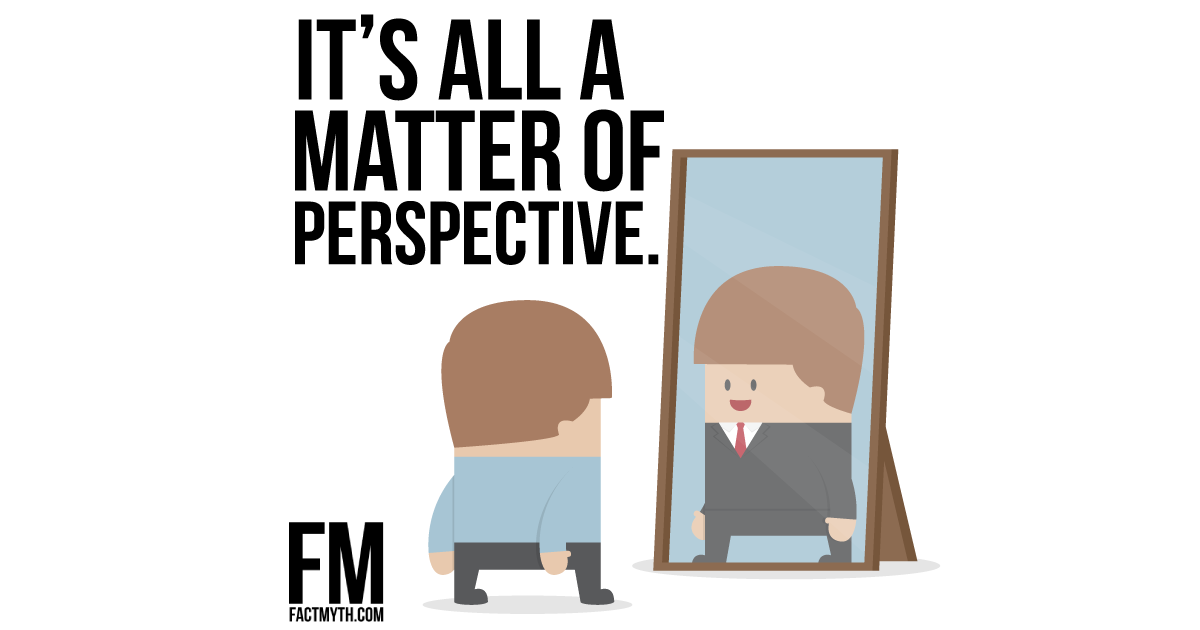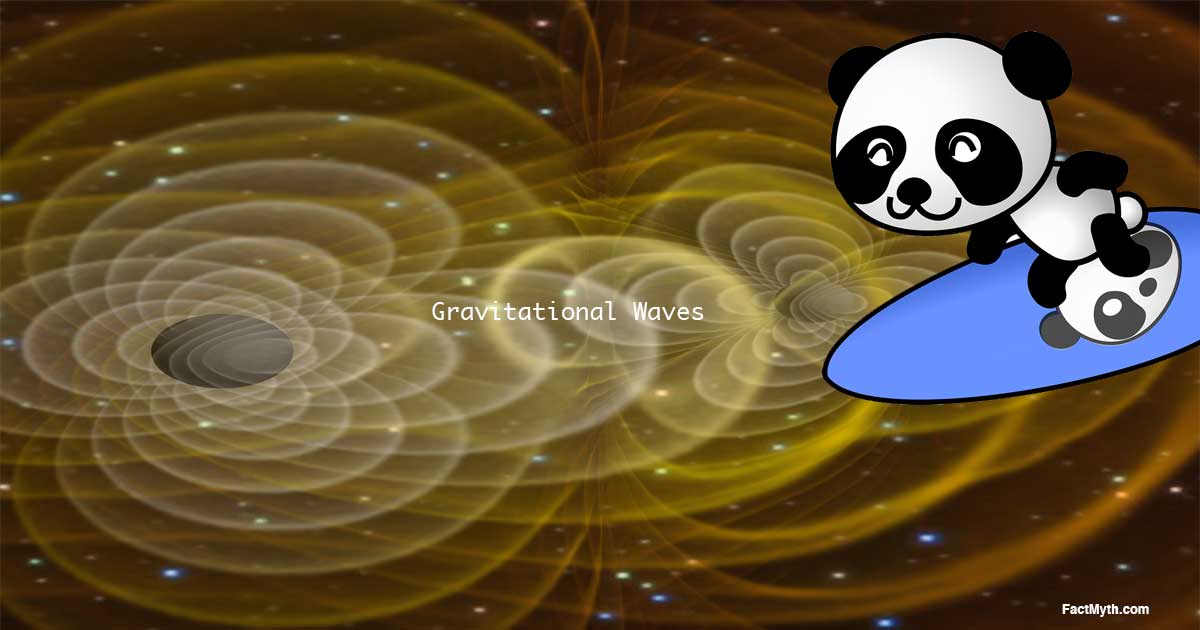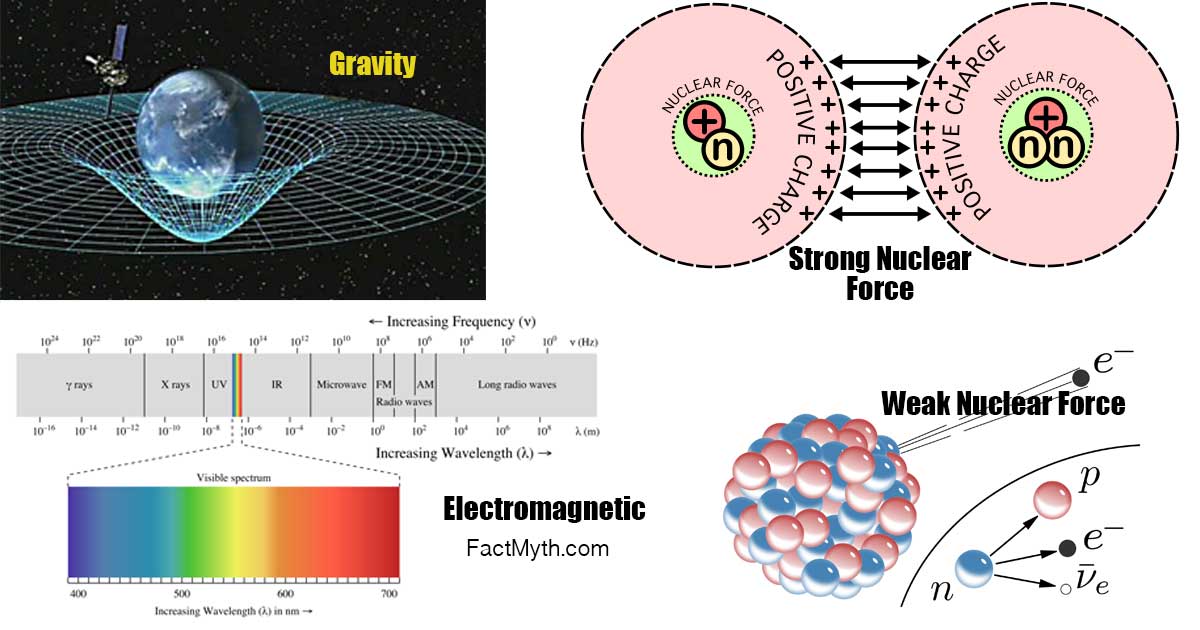All Types of Systems are Generally Comparable

General systems theory shows us there are commonalities between different types of physical and conceptual systems which we can study to better understand complex systems.

General systems theory shows us there are commonalities between different types of physical and conceptual systems which we can study to better understand complex systems.

Everything we perceive depends on our frame of reference. What we observe is relative to our point of view. In other words, “it is all a matter of perspective”.

Gravity is the result of the curvature of spacetime by matter. Non-symmetric acceleration of matter produces gravitational waves that ripple across the universe at light speed.

There are four fundamental forces (interactions) in the universe: gravitational, electromagnetic, strong nuclear, and weak nuclear.

No “thing” (including particles) can travel faster than light speed, but some “non-things” can. In both ways “nothing travels faster than the speed of light”.

The Earth is not flat; the Earth is an oblate spheroid (a bumpy sphere with a fat equator and skinny poles). There are many ways to prove the earth’s geometry.

There are different ways to measure mass, but all of them are related to rest-mass (invariant mass) the “true” inertial mass of an object at rest.

Einstein’s mass-energy equivalence equation (E=mc2) shows that mass and energy are equivalent (but not “exactly the same”) properties of a physical system.

The term ‘equal’ can mean ‘identical’, but more-so it describes “equivalence.” For example, social equality describes equity, not “exact the sameness.”

As Carl Sagan correctly stated, “we are made from star stuff”. The elements in our body, and everywhere else were transformed by nucleosynthesis in stars.